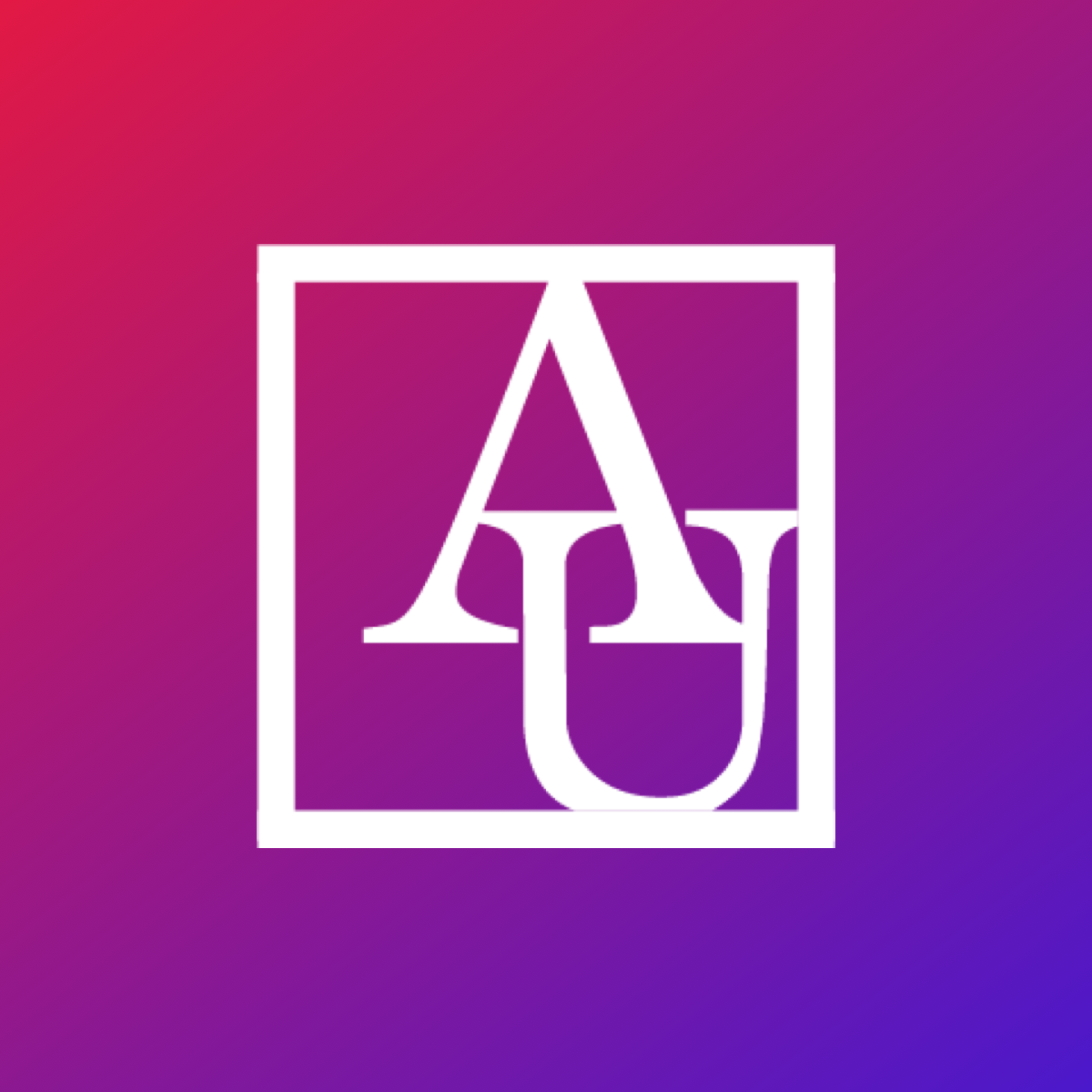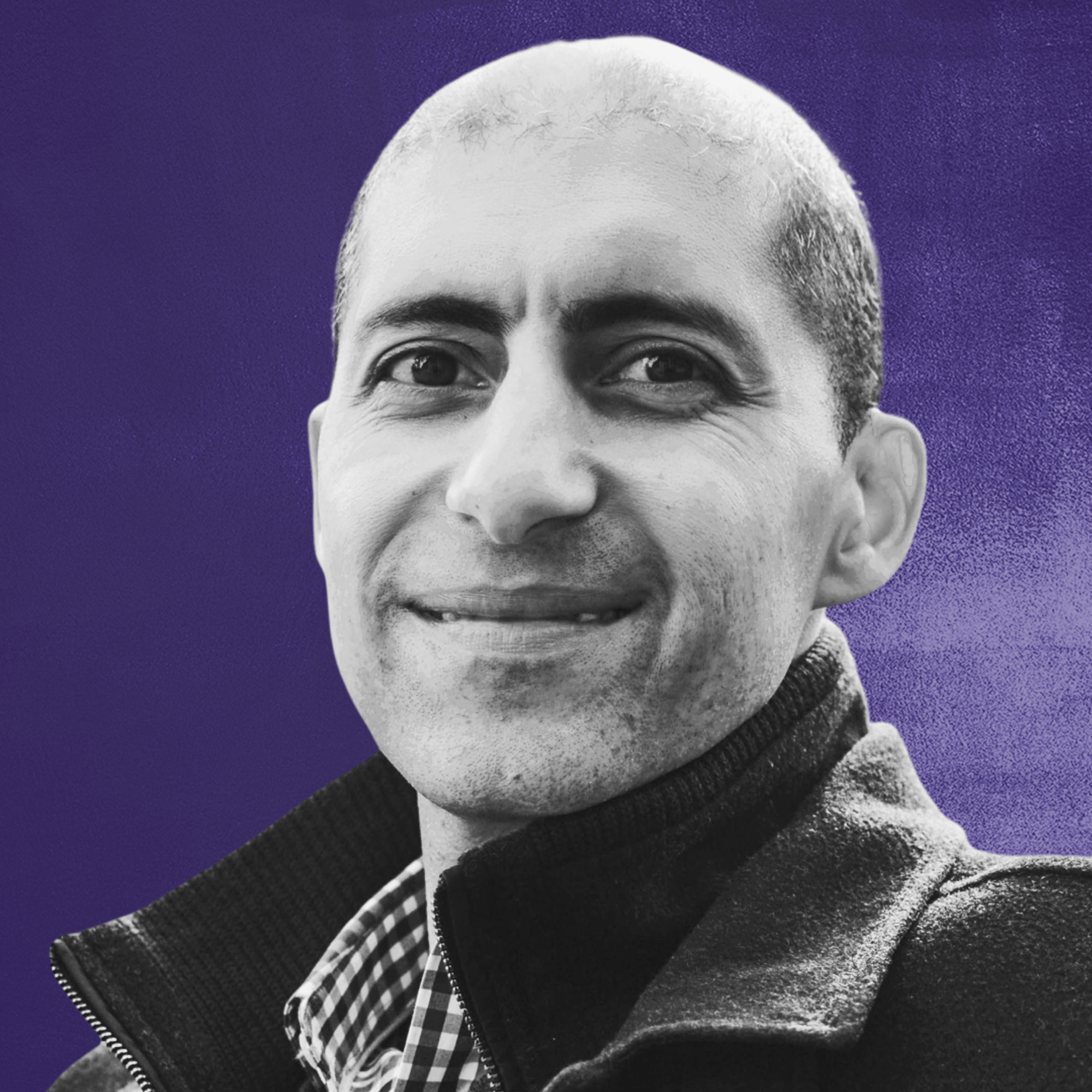
Jamie McCrary
Last week’s Interstate 95 bridge collapse north of Philadelphia—one of I-95’s busiest corridors—will likely cause significant disruptions to our nation’s supply chain, according to Kogod professor Ayman Omar.
Omar, who holds a PhD in supply chain management and logistics, says the accident could have a significant domino effect because of how constrained our supply chain is.
“I-95 covers not only the Northeast but links together multiple industrial centers around the nation,” says Omar. “Other countries transport products via this artery, too.”
The bridge collapsed on June 11 after a tanker truck full of gasoline crashed during a sharp turn and burst into flames. It has shut down traffic in both directions and forced vehicles to detour slower roads.
Since then, crews have worked hard to excavate the damage and rebuild the bridge.
The impact on transportation is significant: 150,000 vehicles, 8 percent of which are trucks, are estimated to use this portion of I-95 daily, according to the Delaware Valley Regional Planning Commission. Omar says this translates to almost 100 billion dollars worth of products a year.
While the bridge will reopen sooner than initially expected—Pennsylvania Governor Josh Shapiro estimates it will be functional again within the next couple of weeks—Omar says we are likely to experience negative economic impacts from the accident still.
In the short-term, this includes sharp price increases, especially around shipping rates, due to delayed lead times—the amount of time it takes for a supplier to prepare goods ready for delivery.
“It's now more expensive to move products, and it takes longer,” says Omar. “That has serious cost implications for companies.”
Omar says this results from a larger systemic problem with our supply chains.
Our supply chains are not built to be resilient. This means that if there is a disruption, like the I-95 bridge collapse, we don’t have the ability to pivot. We can’t be responsive.”

Ayman Omar
Professor of Information Technology and Analytics, Kogod School of Business
Even minor disruptions can cause major logistical problems. Omar says consumers typically bear the brunt of this—and will continue to until we can engineer more sustainable supply chains.
“Customers end up absorbing the cost,” says Omar. “Products are less available and more expensive, and interest rates increase, all leading to inflation.”
The Covid-19 supply chain breakdown, limitations around disaster relief, and the current Panama Canal crisis are other key examples, says Omar. The Canal, which is currently suffering the worst drought in a century, is especially top-of-mind as its disruption is caused by climate change.
Omar says poor risk assessment is the primary reason for our supply chain woes.
We either don’t look at all the events, or we look at an event and say, ‘This is once in a lifetime.’ We don’t consider how a single disruption might have a cascading effect.”

Ayman Omar
Professor of Information Technology and Analytics, Kogod School of Business
He says the solution is a significant shift in mindset.
Companies need to assess risk more globally, Omar says. If we want sustainable supply chains, we must look beyond one-off events and analyze the larger issues more strategically.
This means understanding all the implications and dimensions of our decision-making for supply chains, including financial, social, and environmental impacts.
“This mindset sets us up with a strategic advantage,” Omar says. “It gives us a clearer and more comprehensive view of the issues. We can then respond more quickly and effectively to disruptions.”
This approach could be transformative for incidents like last week’s bridge collapse and the withering Panama Canal. Products and transportation could be quickly re-routed, or disruptions could be mitigated altogether.
“This more global view of operations allows us to be sustainable,” says Omar. “And until we have it, we’ll continue to see these disruptive incidents like these.”
